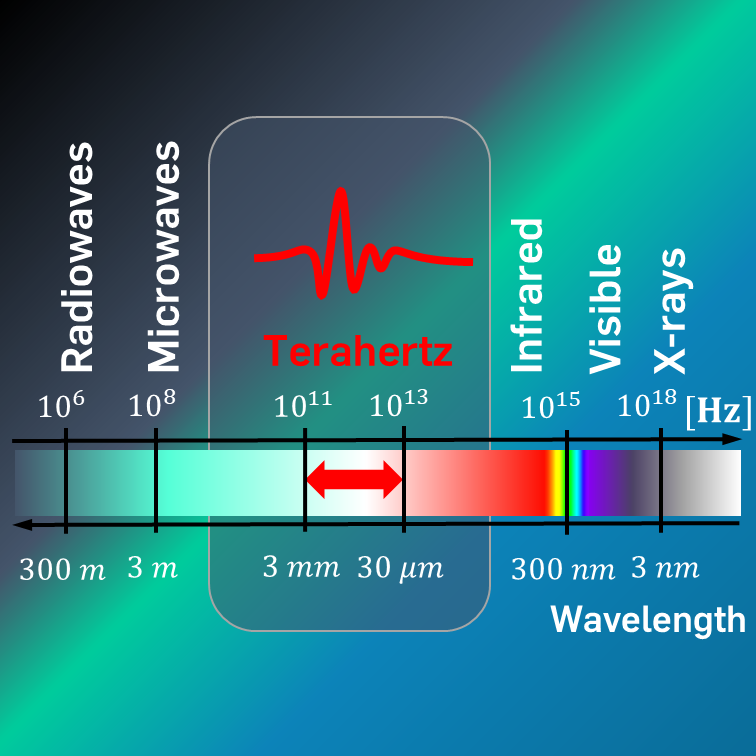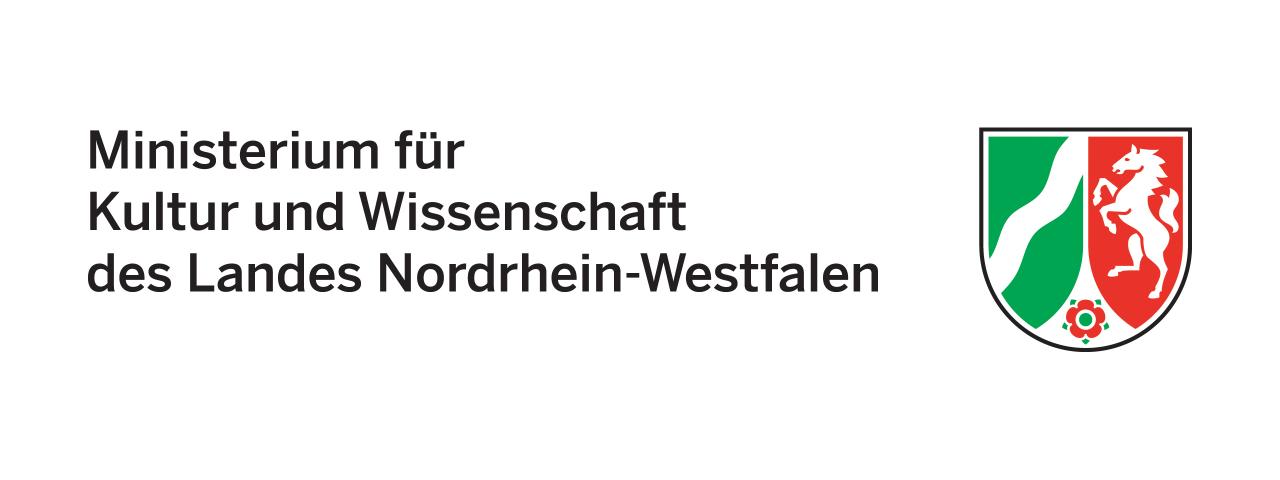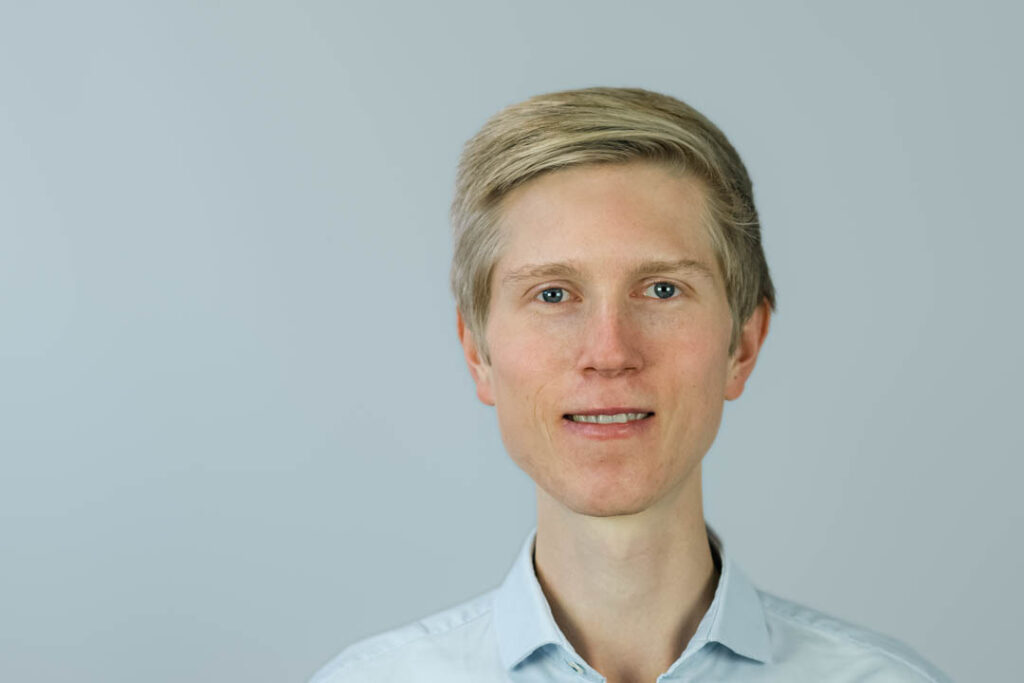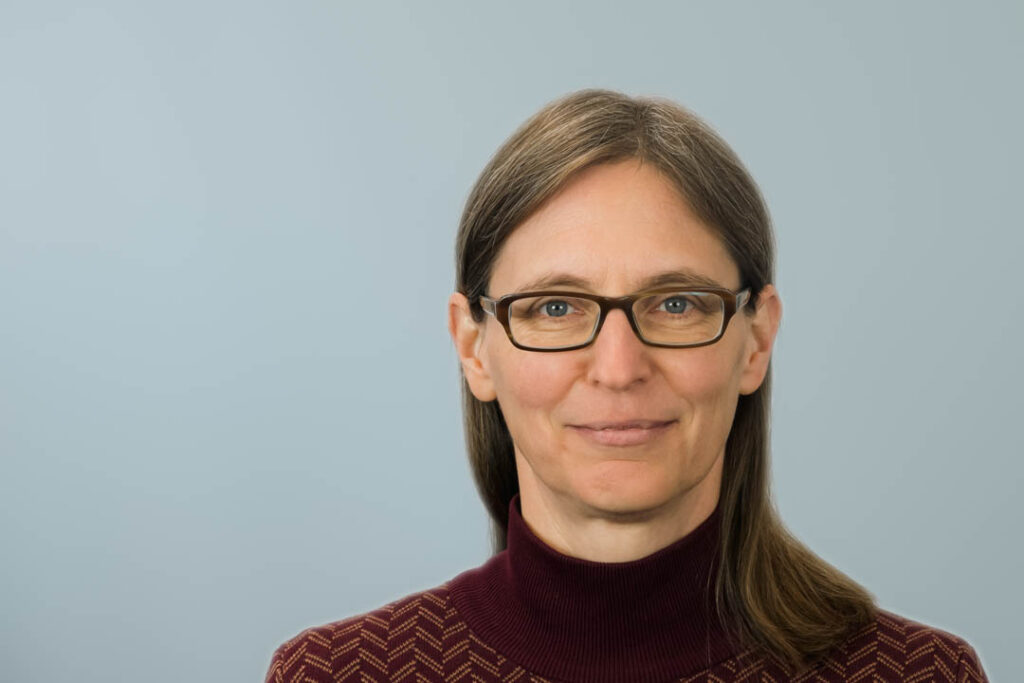terahertz.NRW
NRW network for excellent terahertz research for communication, localization, material characterization, medical technology & environmental monitoring

The terahertz (THz) frequency range, i.e., the electromagnetic spectrum between 0.1 THz and 10 THz, lies between microwave and infrared radiation. THz radiation offers great potential for many fields of application that has hardly been exploited so far: the radiation penetrates a wide range of dielectric materials, is non-ionizing and exhibits high material specificity. This could bring further advances in the areas of communication, localization, material characterization, medical technology, and environmental monitoring.
Through the interdisciplinary development of THz systems with miniaturized electronic and photonic THz circuits as well as innovative and efficient algorithms and methods of signal processing, basic research shall be transferred into concrete, economic applications in the long run. Within this network, our chair is involved in the development of tomographic 3D reconstruction methods in the THz range. Tomographic reconstruction methods enable the three-dimensional imaging of material parameters.
For this purpose, proven methods from the medical ultrasound field are transferred, adapted and optimized to the solution of inverse problems with electromagnetic waves in the field of terahertz imaging. The challenges are:
- When the scale of variations is comparable with the wavelength, a simple geometrical ray approximation is not generally valid and diffraction effects in wave propagation must be considered.
- As multiple scattering is to be expected, nonlinear methods instead of schemes based on linearization such as the Born or Rytov approximation must be applied to avoid imaging artefacts.
- To deal with sparse measurement data due to a limited number of transmitters and receivers, suitable approaches such as regularization should be implemented.
It is planned to work with 2 different configurations (reflection and transmission) and to implement both linear (linearization using Born or Rytov approximation, filtered backpropagation algorithm) and nonlinear reconstruction methods (Landweber methods, contrast-source inversion, deep learning networks). For the nonlinear methods, finite element methods, pseudospectral or finite difference time domain methods are used for the simulation of electromagnetic wave propagation.






